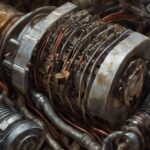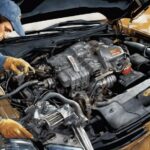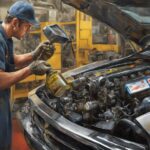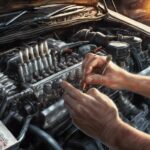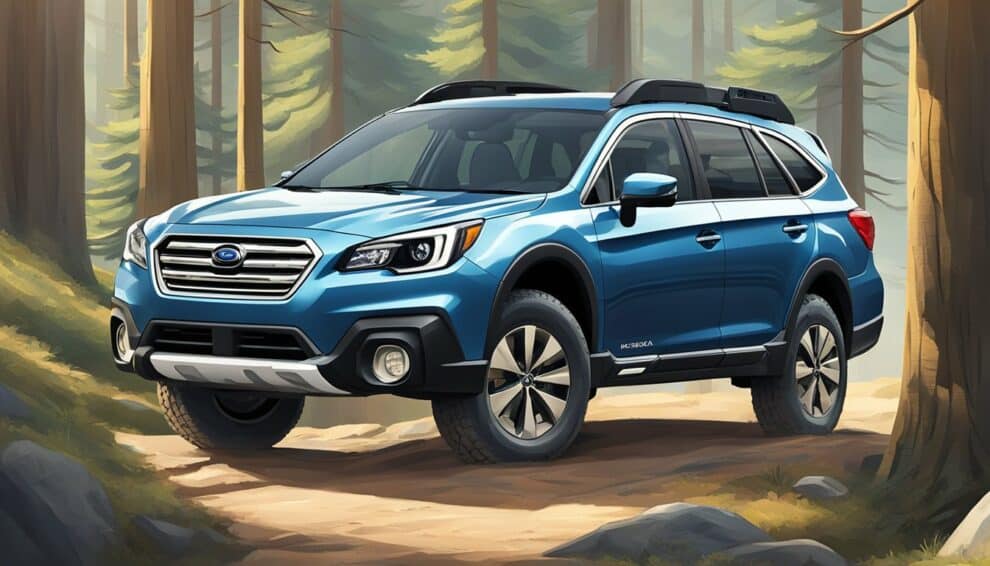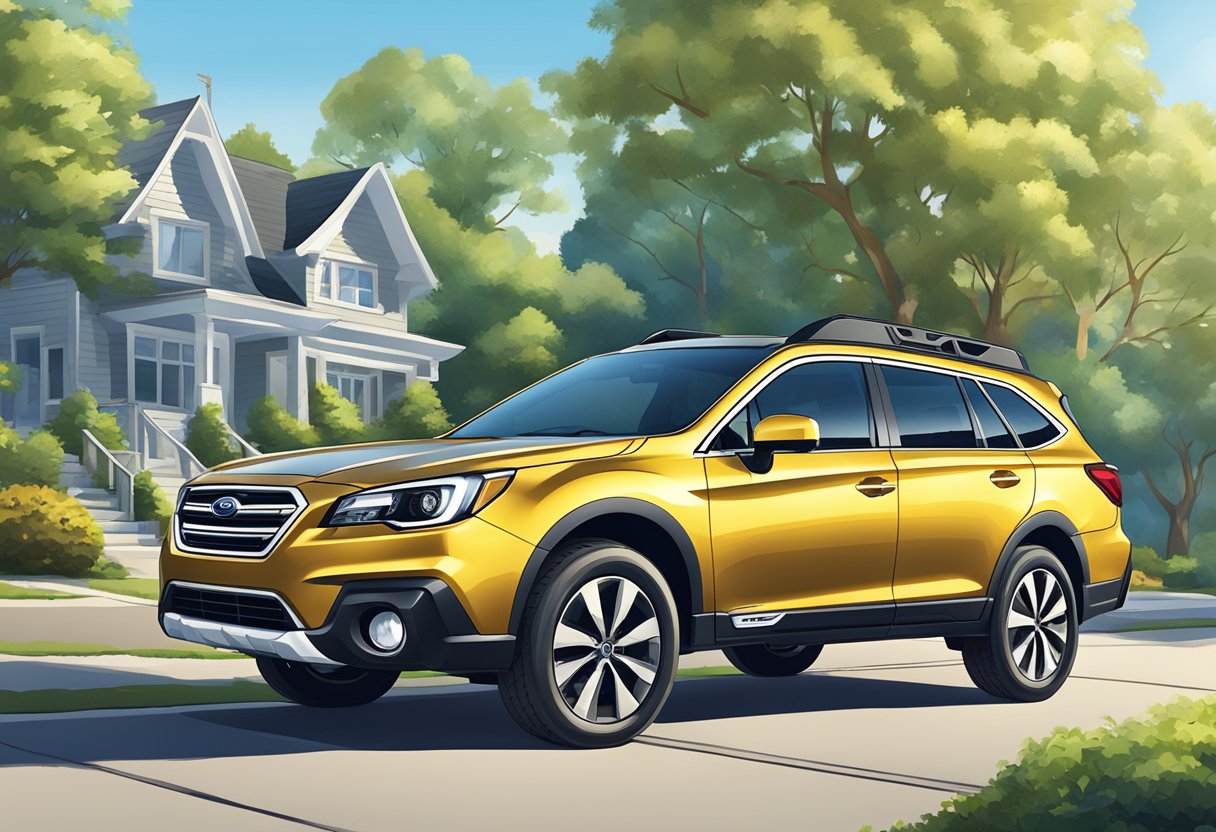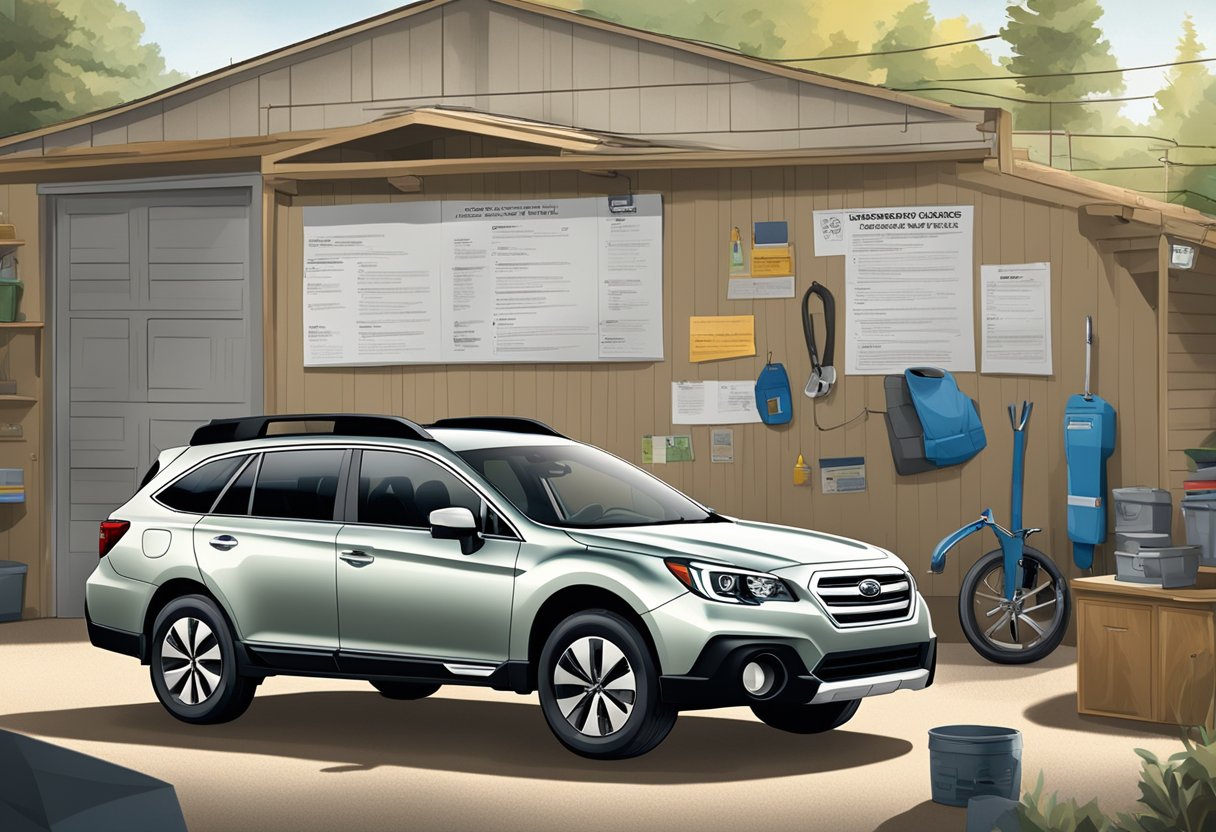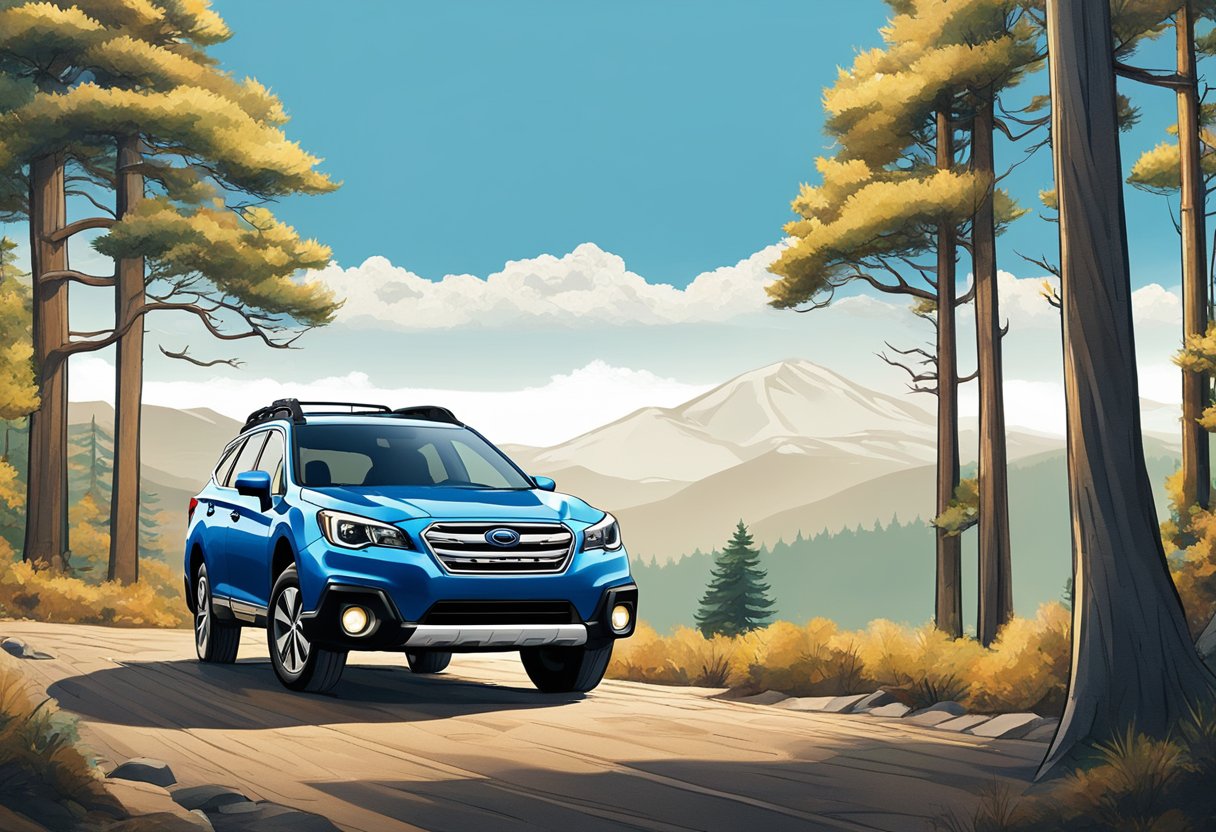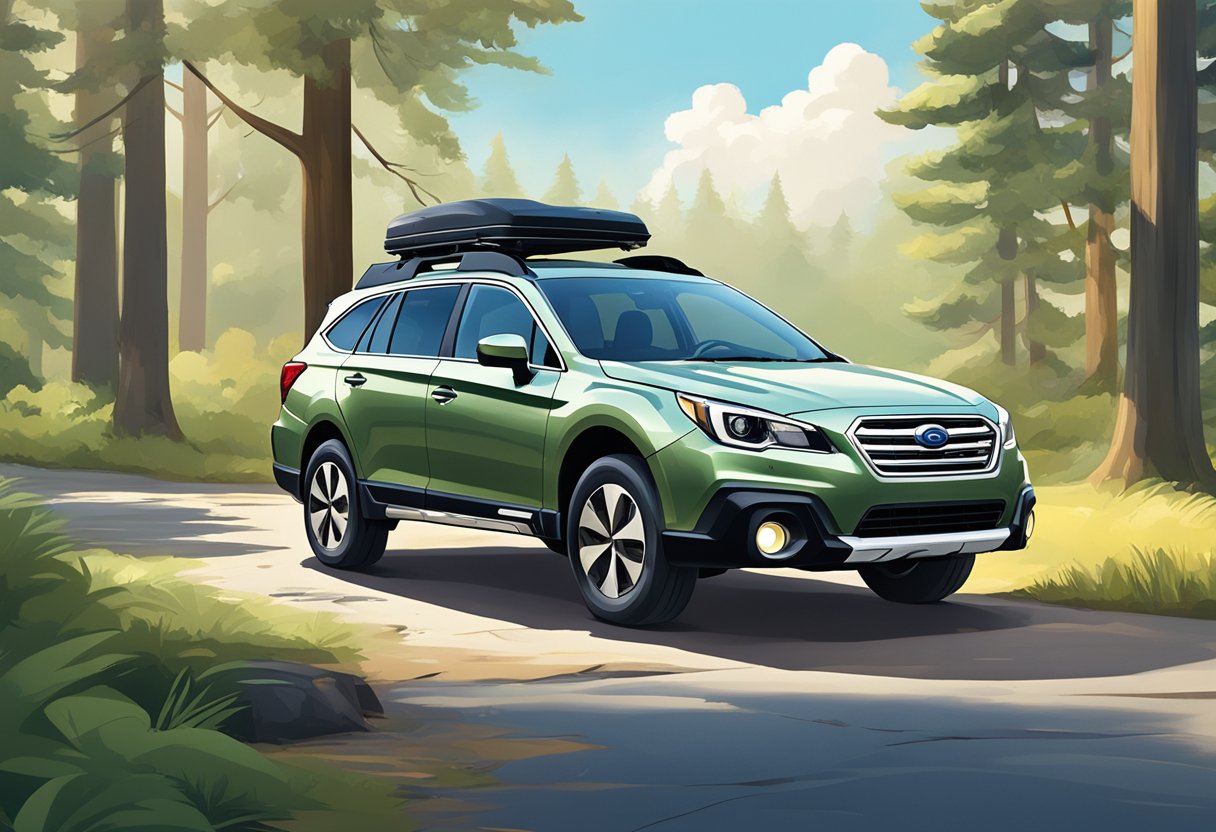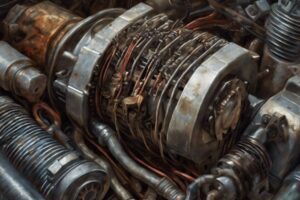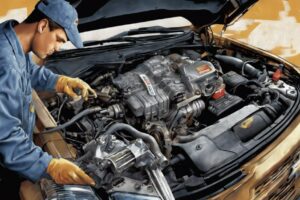If you’re in the market for a reliable and versatile vehicle, the Subaru Outback is a popular choice.
Known for its all-wheel drive capabilities, spacious interior, and rugged design, the Outback is a great option for anyone who loves adventure and exploration.
However, like any vehicle, the Outback is not without its problems.
In this article, we’ll take a closer look at the reliability of the Subaru Outback and some common problems that owners may encounter.
When it comes to reliability, the Subaru Outback is generally considered to be a dependable vehicle.
According to Consumer Reports, the Outback has a predicted reliability rating of 3.5 out of 5, which is above average for its class.
However, like any vehicle, the Outback is not immune to problems.
Some of the most common issues reported by Outback owners include transmission problems, engine issues, and electrical system malfunctions.
While these problems may be frustrating, they are not necessarily indicative of a larger issue with the vehicle.
With proper maintenance and care, the Subaru Outback can provide reliable and enjoyable transportation for years to come.
Overview of Subaru Outback Reliability
If you’re looking for a reliable and capable vehicle for your daily commute or weekend adventures, the Subaru Outback is a popular choice.
This versatile crossover SUV has been on the market since 1994 and has built a reputation for its all-wheel drive capability, spacious interior, and impressive safety features.
In this section, we’ll take a closer look at the reliability of the Subaru Outback and common problems that you may encounter.
Reliability Ratings and Reviews
According to J.D. Power’s 2021 U.S.
Vehicle Dependability Study, the Subaru Outback ranks second in its class for reliability, with an overall score of 87 out of 100.
This study looks at the number of problems experienced per 100 vehicles (PP100) over the past 12 months by original owners of 2018 model-year vehicles.
The Outback scored 92 PP100, which is lower than the industry average of 121 PP100.
In addition to J.D. Power’s study, Consumer Reports also rates the Subaru Outback as a reliable vehicle.
In their 2021 Annual Auto Survey, the Outback received an overall score of 78 out of 100, which is above average for its class.
Consumer Reports also notes that the Outback has a predicted reliability rating of 3.5 out of 5, which is considered average.
Comparison With Competitors
When compared to its competitors in the crossover SUV class, the Subaru Outback stands out for its reliability.
For example, the Toyota RAV4 has a predicted reliability rating of 3 out of 5, according to Consumer Reports.
The Honda CR-V has a similar rating of 3.5 out of 5.
The Outback’s all-wheel drive system also gives it an advantage over front-wheel drive competitors in terms of handling and performance in inclement weather conditions.
Overall, the Subaru Outback is a reliable and capable vehicle that is well-suited for a variety of driving conditions.
With its strong reputation for safety, spacious interior, and all-wheel drive capability, the Outback is a popular choice for families and outdoor enthusiasts alike.
Common Issues in Different Model Years
If you are considering purchasing a Subaru Outback, it’s important to know about the common issues that different model years may have.
Here are some of the most frequently reported problems with Outbacks from various years.
Transmission Problems
Transmission problems have been reported in Outbacks from multiple model years.
Some owners have reported issues with the CVT (continuously variable transmission) system, which can cause the car to shudder or hesitate during acceleration.
Additionally, some owners have reported issues with the transmission slipping or failing altogether.
These issues have been reported in Outbacks from model years 2013, 2014, 2015, and 2016.
Electrical System Flaws
Electrical system flaws have also been reported in Outbacks from multiple model years.
Some owners have reported issues with the car’s battery, which may drain quickly or fail altogether.
Additionally, some owners have reported issues with the car’s alternator, which can cause the battery to not charge properly.
These issues have been reported in Outbacks from model years 2010, 2011, 2013, and 2014.
Engine Troubles
Engine troubles are another common issue that Outback owners have reported.
Some owners have reported issues with the car’s head gasket, which can cause oil leaks and overheating.
Additionally, some owners have reported issues with the car’s timing belt, which can cause the engine to fail altogether.
These issues have been reported in Outbacks from model years 2008, 2009, 2010, and 2011.
It’s important to note that not all Outbacks from these model years will experience these issues, and many owners have reported trouble-free ownership.
However, it’s always a good idea to have any used car inspected by a qualified mechanic before purchasing.
Maintenance and Durability
If you’re considering purchasing a Subaru Outback, you’ll be pleased to know that it’s a highly reliable vehicle.
With proper maintenance, it can last for many years.
In this section, we’ll discuss the scheduled maintenance needs and long-term ownership costs of the Subaru Outback.
Scheduled Maintenance Needs
Like any vehicle, the Subaru Outback requires regular maintenance to keep it running smoothly.
According to CarParts.com, you should follow the manufacturer’s recommended maintenance schedule, which includes oil changes, tire rotations, and brake inspections.
It’s also important to replace the air filter and cabin air filter at regular intervals.
To make things easier, Subaru offers a complimentary maintenance plan for the first two years or 24,000 miles of ownership.
This plan covers oil changes, tire rotations, and multi-point inspections.
After that, you’ll need to pay for maintenance out of pocket, but the costs are reasonable compared to other vehicles in its class.
Long-Term Ownership Costs
The Subaru Outback is known for its durability, which means it can last for many years with proper care.
In fact, according to Consumer Reports, the Outback has an above-average reliability rating, which is a testament to its build quality.
When it comes to long-term ownership costs, the Subaru Outback is relatively affordable.
According to Edmunds, the estimated five-year cost of ownership for a 2021 Outback is $38,675, which includes depreciation, taxes, fees, fuel, insurance, maintenance, and repairs.
This is lower than the average cost of ownership for a midsize SUV.
Overall, the Subaru Outback is a highly reliable vehicle that can last for many years with proper maintenance.
Its long-term ownership costs are also relatively affordable, making it a smart choice for those who want a durable and cost-effective vehicle.
Warranty and Consumer Protection
If you’re considering purchasing a Subaru Outback, it’s important to know what kind of warranty coverage and consumer protection you can expect.
Here, we’ll take a look at the factory warranty coverage and extended warranty options available for the Subaru Outback.
Factory Warranty Coverage
The Subaru Outback comes with a standard factory warranty that covers the vehicle for 3 years or 36,000 miles, whichever comes first.
This warranty includes bumper-to-bumper coverage, which means that most parts of the vehicle are covered in the event of a defect or malfunction.
Additionally, the powertrain is covered for 5 years or 60,000 miles, whichever comes first.
This covers the engine, transmission, and other major components.
During the warranty period, if you experience any issues with your vehicle, you can take it to any authorized Subaru dealership for repairs.
The dealership will diagnose the problem and make any necessary repairs or replacements at no cost to you.
Extended Warranty Options
If you’re looking for additional protection beyond the factory warranty period, Subaru offers extended warranty options.
These warranties can be purchased at the time of vehicle purchase or at any point during the factory warranty period.
Subaru’s extended warranty options include the Classic, Gold, and Gold Plus plans.
These plans offer varying levels of coverage, with the Gold Plus plan providing the most comprehensive coverage.
The extended warranty plans can cover your vehicle for up to 8 years or 120,000 miles, depending on the plan you choose.
It’s important to note that extended warranties are optional and come at an additional cost.
However, they can provide peace of mind knowing that your vehicle is protected against unexpected repairs and expenses.
Overall, Subaru’s factory warranty coverage and extended warranty options provide solid protection for the Subaru Outback.
Whether you’re purchasing a new or used Outback, it’s important to consider your warranty options to ensure that you’re fully protected.
Improvements and Recalls
Recent Recalls and Fixes
Subaru has been proactive in addressing issues with their vehicles and has issued several recalls and fixes for the Outback.
In 2021, a recall was issued for certain 2020-2021 Outback models due to a potential issue with the fuel pump.
This recall affected over 150,000 vehicles and required the replacement of the fuel pump.
Another recall in 2020 affected certain 2019-2020 Outback models due to a potential issue with the brake pedal.
This recall affected over 200,000 vehicles and required the replacement of the brake pedal.
Subaru has also issued several Technical Service Bulletins (TSBs) for the Outback, which are not safety recalls but address specific issues that have been reported by owners.
These TSBs provide instructions for dealerships on how to fix the issue and are often covered under warranty.
Model Year Updates
The Subaru Outback has undergone several updates over the years to improve its reliability and address common problems.
In 2020, the Outback received a complete redesign, which included a new platform, updated engine options, and improved safety features.
The 2020 Outback also introduced a new feature called DriverFocus, which uses facial recognition technology to detect driver fatigue and distraction.
This feature is available on higher trim levels and has been well-received by owners.
Other updates to the Outback over the years have included improvements to the suspension, transmission, and infotainment system.
These updates have helped to address common problems and improve the overall reliability of the vehicle.
Overall, the Subaru Outback has a reputation for being a reliable and safe vehicle.
While there have been some recalls and issues over the years, Subaru has been proactive in addressing these problems and providing fixes for owners.
With its combination of versatility, safety, and reliability, the Outback remains a popular choice for families and outdoor enthusiasts alike.
As an Amazon Associate we earn from qualifying purchases.


